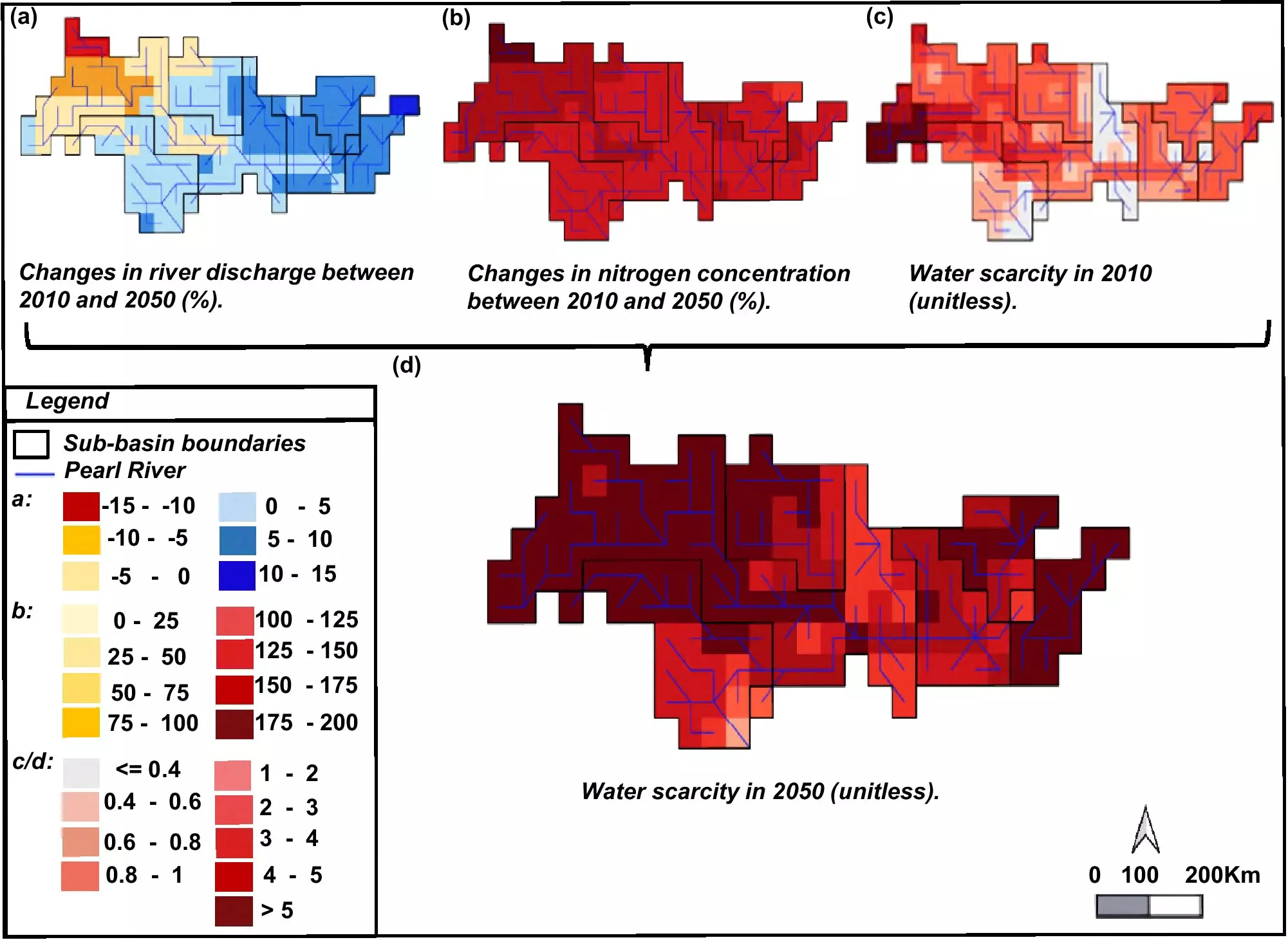Global water scarcity is increasingly emerging as a multi-faceted crisis that explicitly threatens the execution of the Sustainable Development Goals (SDGs). This challenge encompasses not just the stark reality of dwindling freshwater resources but also the severe degradation of water quality. In essence, the world is facing a two-fold crisis where more than half of its population now resides in water-scarce regions or areas compromised by pollution. This precarious state emphasizes the desperate need to balance both water supply and demand, particularly for critical sectors such as agriculture, energy, and industry, wherein economic viability heavily hinges on adequate water availability.
Unveiling Smart Solutions Through Innovative Research
Recent research has offered a promising and groundbreaking approach to tackle these challenges head-on. A collective of international scholars has introduced an advanced modeling framework that stands to revolutionize water management strategies. This unique model promises not only to identify cost-effective combinations of water management practices but also to pave the way for a significant decrease in future water scarcity. The emphasis on a dual strategy—addressing both water quantity and quality—introduces a balanced framework that could effectively mitigate the dire consequences of pollution and scarcity.
The Detrimental Impact of Water Pollution
Pollution remains one of the most insidious contributors to water-related health crises worldwide. Elevated nitrogen levels from agricultural runoff and industrial waste are just a few culprits that have manifested severe health repercussions for various communities. The research emphasizes the urgency of not merely focusing on the volume of water available but seriously considering its quality. Investments in innovative technologies like digital twins, remote sensors, and smart irrigation systems have an invaluable role in this realm, enabling the real-time monitoring essential for maximizing water efficiency and sustainability.
Navigating the Funding Dilemma
However, the path toward digital transformation in the water sector is riddled with obstacles, chiefly among them being financial constraints. A staggering revelation from the World Economic Forum indicates that less than one percent of climate technology investments are allocated to the water sector. This glaring disparity highlights the urgency for more funding in an area that serves as the bedrock for societal sustenance and economic stability. If we are to overcome this water crisis, a paradigm shift in investment priorities is imperative.
The Case Study of the Pearl River Basin
In the context of the Pearl River Basin in China—a region emblematic of severe water stress and pollution—the research further compounds its relevance. By analyzing different socioeconomic factors and climate change scenarios, this study delineated that neglecting water quality management could lead to a fourfold increase in future water scarcity by 2050, particularly under scenarios of robust economic development and global warming. Conversely, the effective implementation of water quality management practices can drastically reduce future scarcity, potentially halving these dire projections.
A Blueprint for Future Water Management
The implications of this study could resonate far beyond the Pearl River Basin. It lays the groundwork for a comprehensive assessment of water scarcity in other heavily impacted regions, thereby creating a blueprint for crafting innovative yet cost-effective strategies aligned with the Sustainable Development Goals. Essentially, this research heralds a compelling call to action: to prioritize water quality alongside quantity, fostering resilience through informed and strategically planned water management.
In essence, leveraging technology, fostering smart solutions, and redirecting investments could be the linchpins for addressing one of the most pressing issues of our time. What remains to be seen is whether global stakeholders will seize this moment to facilitate transformative change in water management or continue to grapple with the mounting complexities of a crisis crying out for innovative solutions.

